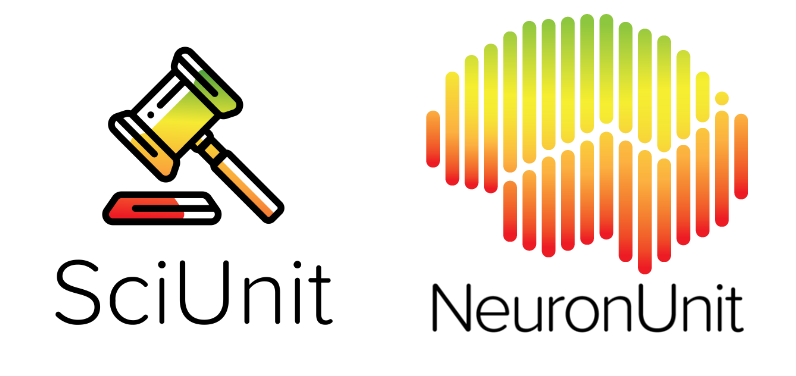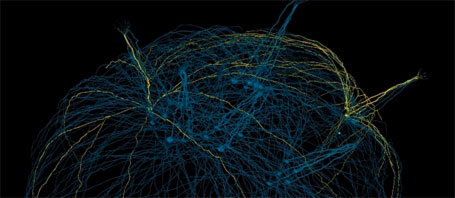Data Science

Olfactory Psychophysics Data
How does the structure of a molecule determine its smell? How can the smell of mixtures of molecules be predicted? What is the shape and structure of the perceptual space in olfaction?
Counting SmellsPredicting Odors

NeuroML Database
The lab maintains the NeuroML Database, which hosts and provides analysis and characterization of 1,500+ computational neuroscience models.
Visit the NeuroML DatabaseResources for Modeling

Validation of Neuroscience Models
Computational models are quantitative hypothesis about the systems we study. How do we know what the evidence is for or against these hypotheses? How can we know which models can account for which experimental data? Can the testing process be formalized?
View Project on GitHub
NeuroML Initiative
We contribute to the development of NeuroML, a modular, declarative, and simulator-independent model description standard.
Learn more about NeuroMLModeling at Multiple Scales

Community-Based Olfactory Modeling
We are currently contributing to an effort to convert the Migliore et al. (2014) model of the olfactory bulb into NeuroML in support of a modular approach to community based modeling. Find out more at Open Source Brain.
View Project at OSB
Modeling Feedback in the Retina
Read about how our work contributes to understanding a few interesting mechanisms employed in the retina.
Ephaptic MechanismsMicrosaccadic Efficacy
Fixational Eye Movements